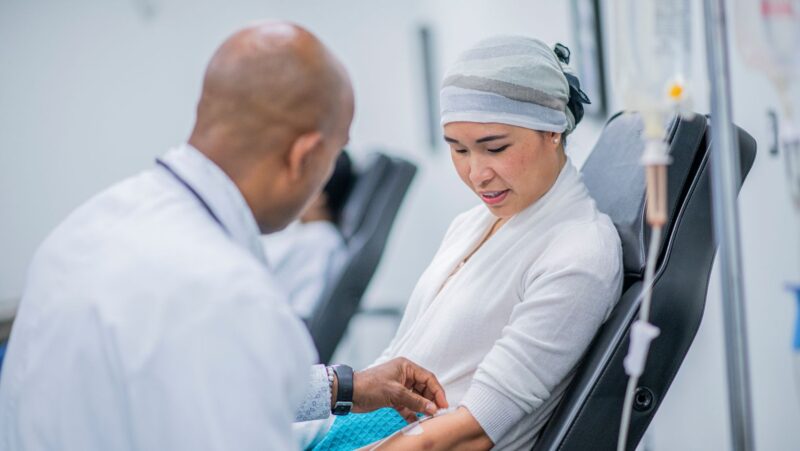
Virtual health education is revolutionizing the way aspiring healthcare professionals access and acquire essential skills.
By leveraging technology, these platforms offer innovative solutions that transcend geographical and financial barriers. Students can gain flexibility, engage with interactive content, and benefit from personalized learning paths.
As these technologies continue to evolve, they promise to shape a more accessible future for global health education.
Cost Savings Through Virtual Health Education
Online courses revolutionize healthcare education by slashing costs while maintaining quality.
Students save on commuting and accommodation, thus significantly reducing their financial burden.
Plus, the cost of virtual programs themselves is typically less expensive than their counterparts.
Take GMC’s Pre-Nursing program as an example. Students can earn college credits that are transferable to numerous other institutions without sacrificing educational rigor while paying less.
Online courses also often offer flexible payment options, allowing students to pay per course rather than an entire semester upfront.
This affordable model opens doors for aspiring healthcare professionals who might otherwise be deterred by the high costs of traditional education pathways.
Innovative Platforms Reshaping Health Education
Cutting-edge digital platforms revolutionize how healthcare education is delivered, making learning interactive and widely accessible. Unlike traditional classrooms, these platforms offer diverse tools that engage students in new ways.

Key innovations include:
- Interactive modules that transform dry content into dynamic learning experiences.
- Adaptive technology that personalizes educational paths based on individual progress.
- Live-streamed classes that connect students with top educators across the globe.
- Augmented reality enhances practical skills through immersive simulations.
These advances allow aspiring health professionals to gain crucial knowledge without geographic constraints.
They bridge gaps by integrating modern technology into education, ensuring learners have access to comprehensive resources regardless of location or financial status.
The Role of VR Simulations in Medical Skill Development
Virtual reality (VR) simulations are changing how medical skills are taught, providing an immersive and practical learning environment for students. These simulations replicate real-life scenarios, offering a risk-free setting to practice complex procedures – such as surgery for cancer treatment.
Through VR, learners gain hands-on experience that builds confidence before they step into actual clinical settings. This technology supports repetitive practice without resource limitations or patient risks, making skill refinement more efficient.
Medical institutions worldwide are now starting to adopt these innovative tools to bridge the gap between theoretical knowledge and practical application.
As a result, future healthcare professionals can enter the workforce with enhanced competence and preparedness, having honed their abilities through state-of-the-art virtual training experiences.
Expanding Global Reach: How Technology is Breaking Borders
Technology breaks down geographical barriers in health education, allowing learners worldwide to access top-notch courses and certifications. Online platforms provide international students with opportunities that were once restricted by location.
Collaborative tools enable students from different continents to join shared classes, fostering global networking among future healthcare professionals.
This interconnected learning environment also offers exposure to diverse medical practices and perspectives, enriching the educational experience.
Institutions can extend their programs across borders without physical campuses, increasing enrollment while promoting cultural exchange.
As technology continues to advance, virtual classrooms are poised to become even more inclusive and comprehensive – redefining global accessibility in the realm of healthcare training.
The Impact of Mobile Apps on Continuous Medical Learning
Mobile apps transform continuous medical learning by offering instant access to educational resources. These applications provide healthcare professionals with convenient, on-the-go options for skill enhancement and knowledge updates.

With features like real-time notifications and interactive quizzes, learners can engage with content at their own pace. This flexibility ensures that busy professionals remain current in their fields without sacrificing time from patient care or personal life.
Moreover, mobile apps often incorporate multimedia elements – videos, podcasts, and case studies – that enrich traditional text-based learning.
As technology advances further, these tools will continue to play a crucial role in supporting lifelong education within the healthcare sector, enhancing overall expertise across disciplines.
Conclusion
Virtual health education transforms how we train future healthcare professionals.
Innovative platforms provide cost-effective, flexible, and interactive learning experiences that reach across borders.
As technology advances, tools like VR simulations and mobile apps will further enhance skills development and continuous education.
Ultimately, embracing these innovations ensures broader access to quality training, equipping the next generation of healthcare workers with the knowledge they need to excel globally.












